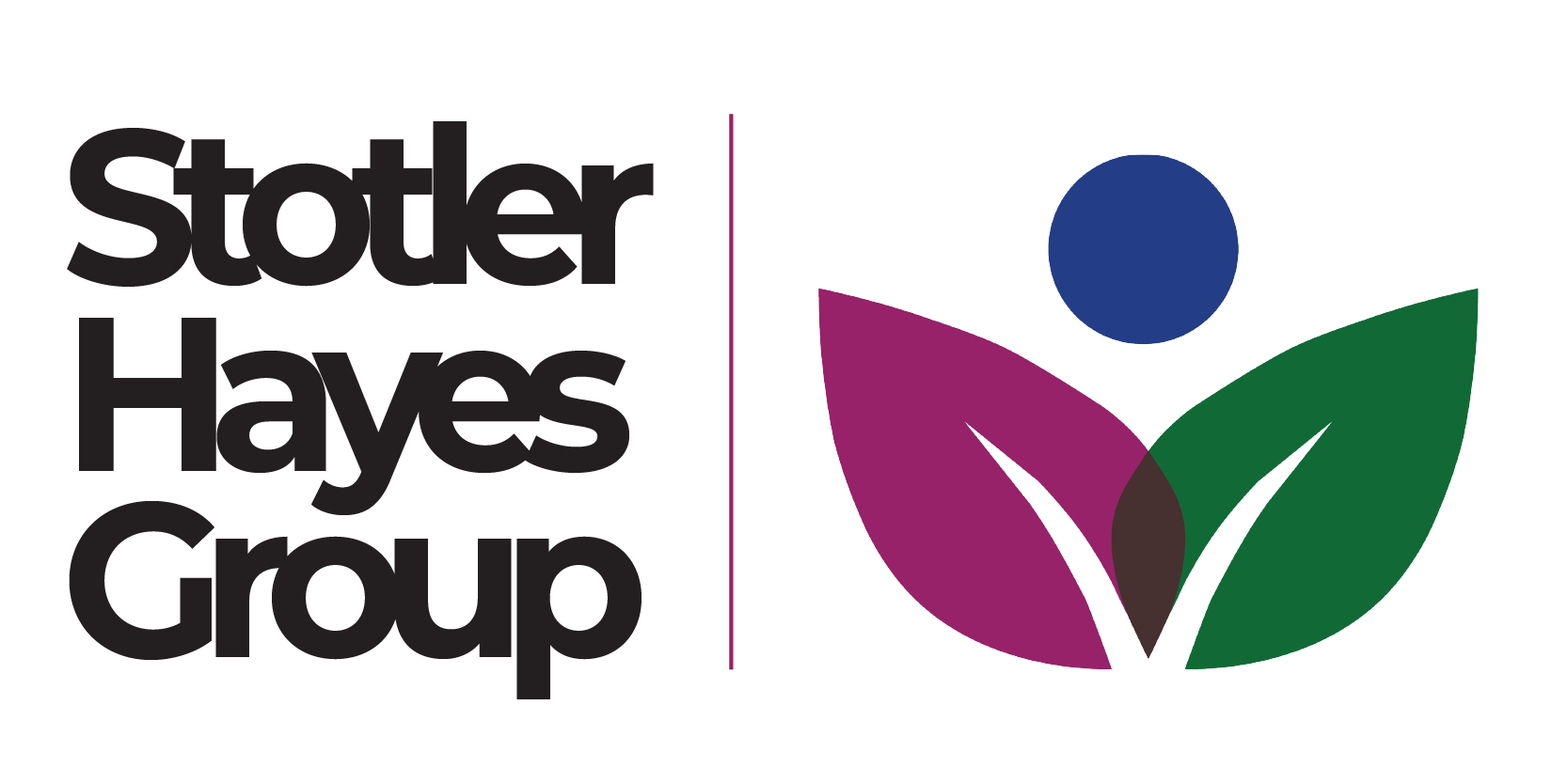Patience is a virtue. Or is it?
These days patience seems to be a character trait that is fading fast. Clients want instant answers and fast results. In a professional services industry such as legal services, however, combining exceptional personalized service, attention to detail, effective communication, and a thorough analysis of complex facts and issues is generally a winning recipe for success. Patience plays an important role in the everyday life of a lawyer, influencing the quality of work, mitigating the risk of errors, evaluating and adhering to ethical duties, and allowing reflection time to adjust and strategize through the completion of a legal matter.
Legal proceedings can be lengthy and protracted, involving many procedural steps. Waiting on the courts or third parties, sifting through documents, and performing legal research, all while listening attentively and adapting to surprises, are expected. Lawyers must have the ability to manage client expectations and provide consistent communication, build, and maintain solid client relationships.
If you are like many of the professionals in my orbit today, you have been and continue to experience the pain associated with our ever-present instant response and gratification culture. When did this phenomenon become our daily lives? While challenging to pinpoint the cause, there are some key milestones and trends contributing to the acceleration of this cultural shift. Examples include:
- Technological Advances
- Social Media
- Online Shopping and Delivery Services
- On-Demand Services
- Instant Messaging and Texting
- 24/7 News and Information Cycles
Instant gratification is a hallmark of consumer culture. Rapid access to information and constant connectivity have increased client demands and expectations. Goods and services are readily available with minimal effort on the part of the consumer and the demand seems only likely to grow. The shift in our primary modes of communication to instant messaging, email, and social media has increased the pace of communication exponentially. The expectation of a quick response is akin to Pavlov’s classical conditioning theory and most humans are now accustomed to receiving the food. The availability of news has contributed to a culture where information is continually updated, recycled, and updated again minute to minute. People expect to be informed about current events in real-time and to have unfettered access to information, as easily as they would take their next breath.
Is it possible to leverage the momentum of this cultural shift in our legal practices? While there are many pros associated with these ever-evolving milestones and trends, advancements such as these, coming faster and faster with each passing year, bring what can feel like insurmountable cons when it comes to providing exceptional client service. Each of the examples identified above have made an impact on the way we practice law and conduct business, not to mention the equally deep impacts on our personal lives for better or for worse.
Self-discipline and a heaping dose of patience are essential to a lawyer’s success in this culture. We must find ways to adapt to the fast-paced nature of communication and information dissemination. Consider implementing one or more of the following strategies while staying true to our ethical duties and adhering to the standards of our profession:
- Legal Technology – Embrace legal technology to improve processes, streamline communication, and improve overall efficiency. This requires gaining legal tech knowledge, aligning that knowledge with the best products for your firm, and dedicating budgetary dollars to technology each year.
- Streamlined Communication – Be proactive to prioritize timely responses to client emails and inquiries. Set professional boundaries, communicate those boundaries to your clients, and stick to them. Manage client expectations and implement communication tools that allow you to have quick, yet thorough and ethically appropriate client interactions.
- Online Presence – Utilize social media and implement a well-designed website to demonstrate your expertise. If your legal practice preferences align, offer virtual consultations and other remote services that help to improve how you are investing your time.
- Educational Content – Leverage the instant gratification culture by creating and sharing informative legal content. Address common legal questions through blog posts, videos, and webinars to showcase your expertise and provide value to clients and potential clients.
- Collaboration Tools – Document sharing and real-time collaboration with clients and colleagues has an immediate, positive impact on a lawyer’s efficiency, expediting decision-making and enhancing client engagement. Implementation of a secure client portal is beneficial for 24/7 client access and generally enhances client satisfaction.
- Agility – Today’s legal practitioners must be agile in their approach to client service. Approaching our day with a flexible mindset and adaptability to change is key to responding timely and taking advantage of the vast opportunities available to us.
- Growth Mindset – Stay abreast of legal developments, emerging technologies, and changes in client expectations. We must continually improve our skill sets and adapt to the evolution of the legal landscape.
Adapting to meet client expectations in this ever-changing consumer landscape is a struggle for many law firms and legal professionals. Technology continues to drive more and more of these cultural shifts, faster and faster than in decades past. But don’t despair. The classic trait of patience has not gone out of style to attract and keep clients and remains a fundamental virtue of the legal profession that we must maintain. Finding a partner in patience practice serves lawyers well these days. Additionally, while we work to evolve our law practices to respond to the instant gratification culture, we must balance speed with accuracy, uphold ethical standards, set boundaries that we adhere to with self-discipline and a willingness to be agile.
Author: Andrea C. Stitt | Executive Director & General Counsel






